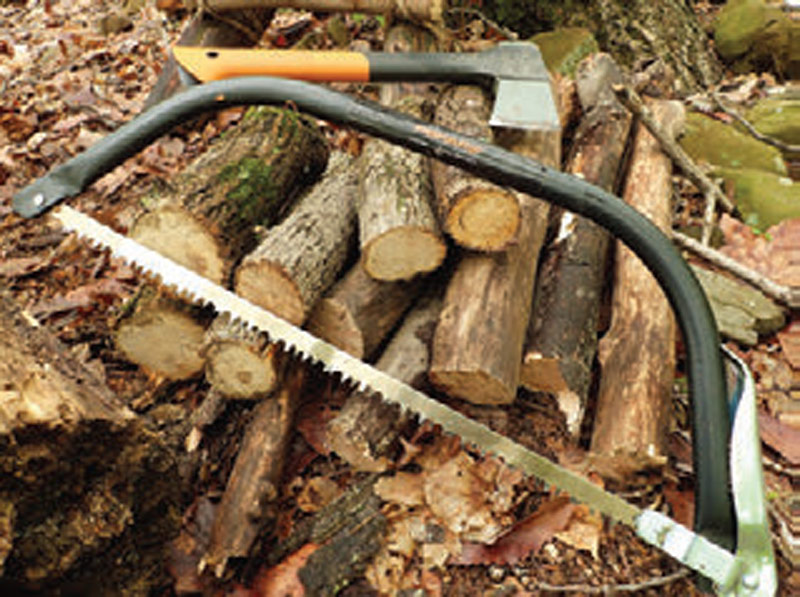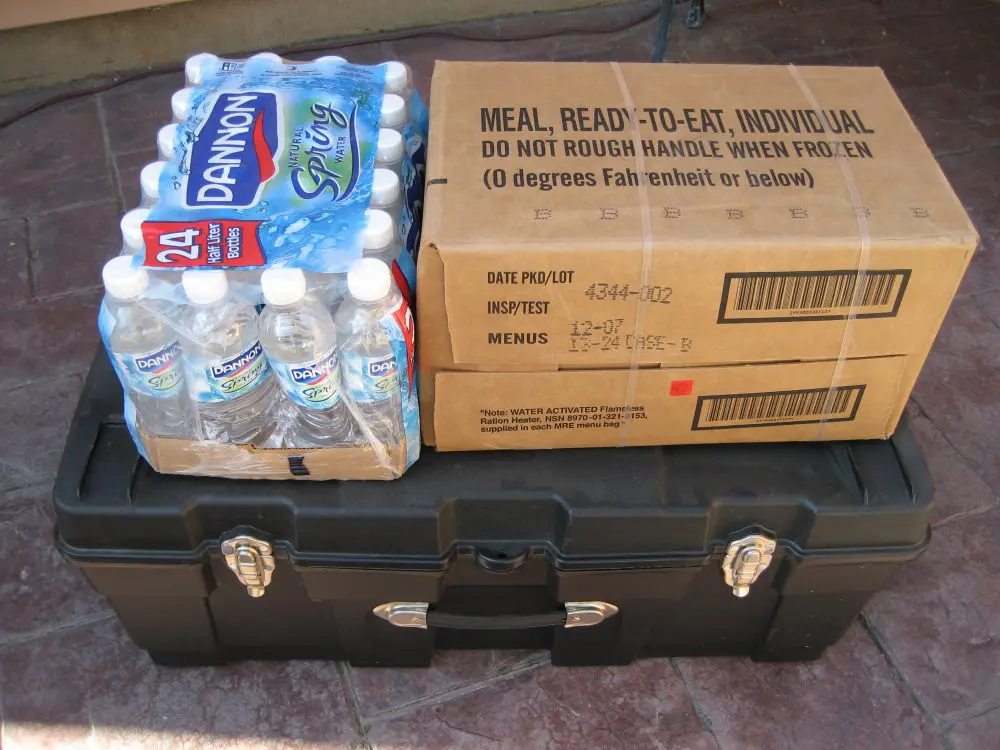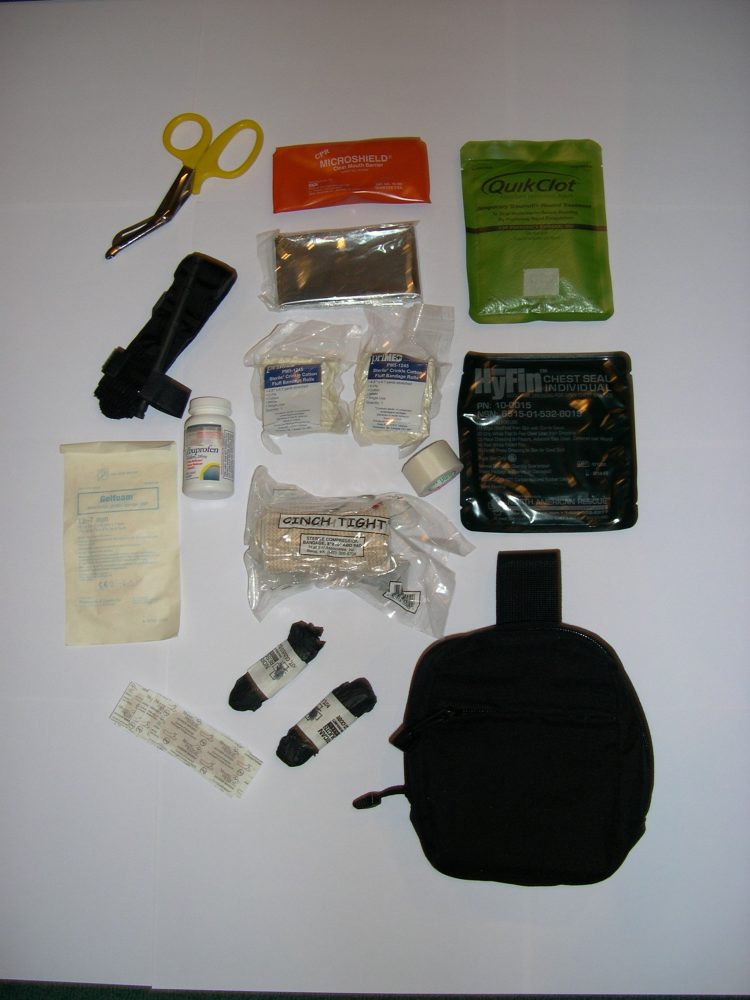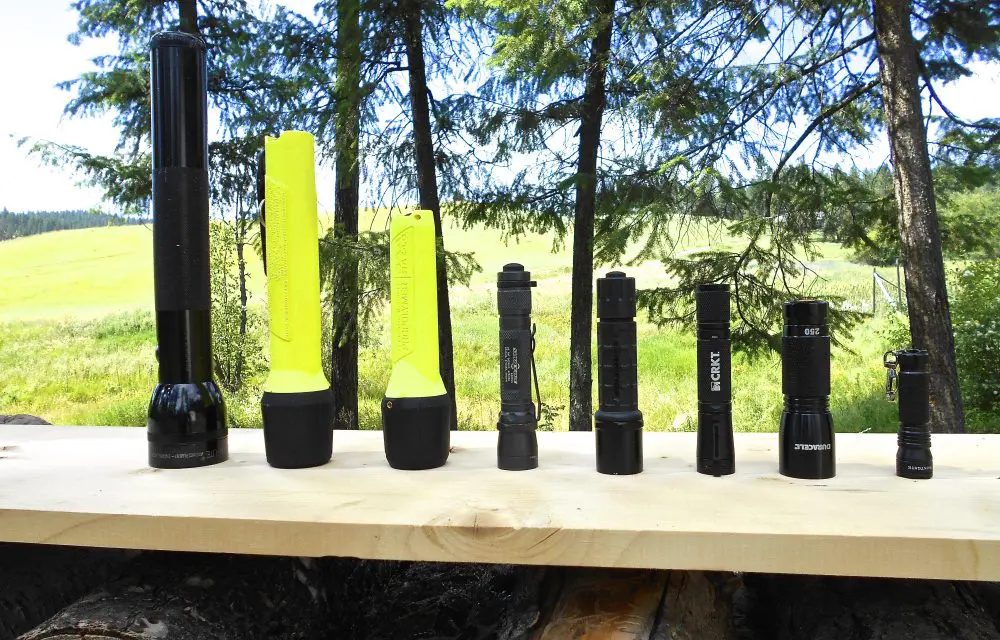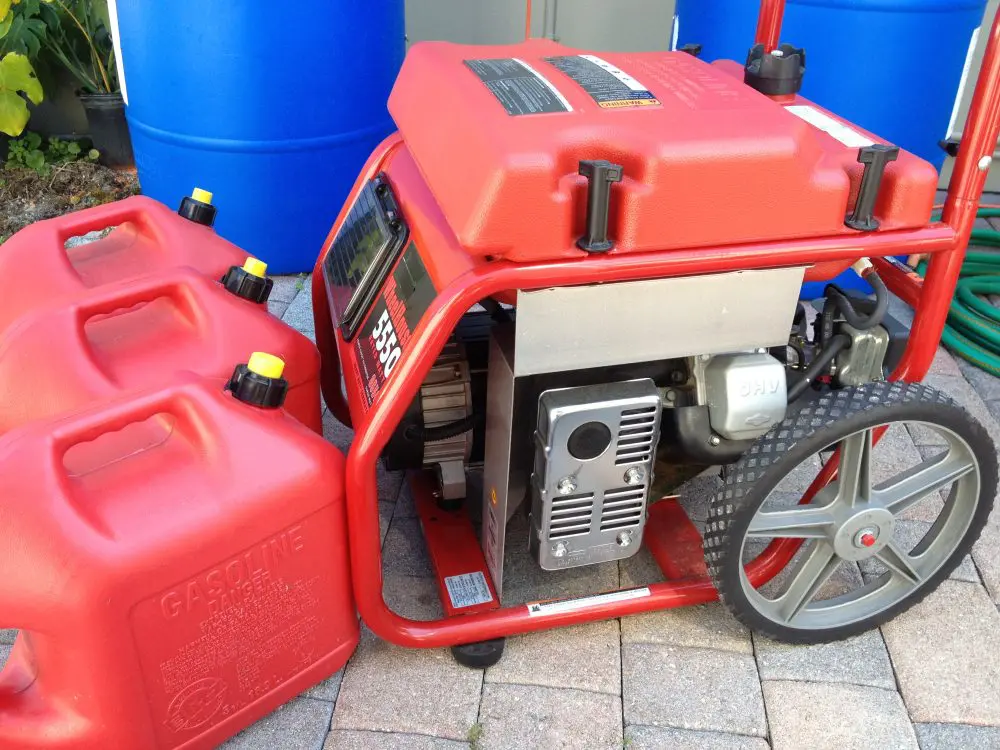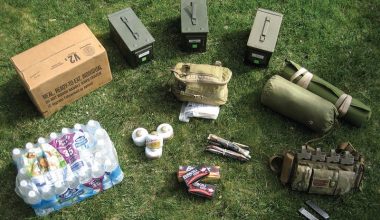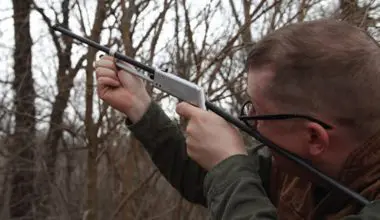About 11 years ago, I bought a retractable seven-inch saw from the Fiskars Company. It was clearly marked “Made in Finland” just like all their saws, axes, and scissors were at that time.
It had a curved black plastic handle with an orange fastener to lock it into place. It was about the lightest affordable saw I could find that actually cut well. I wasn’t into saws or cutting efficiency at that time. I carried big, ¼-inch-thick steel choppers back then, but thought I should have a small saw for my kit.
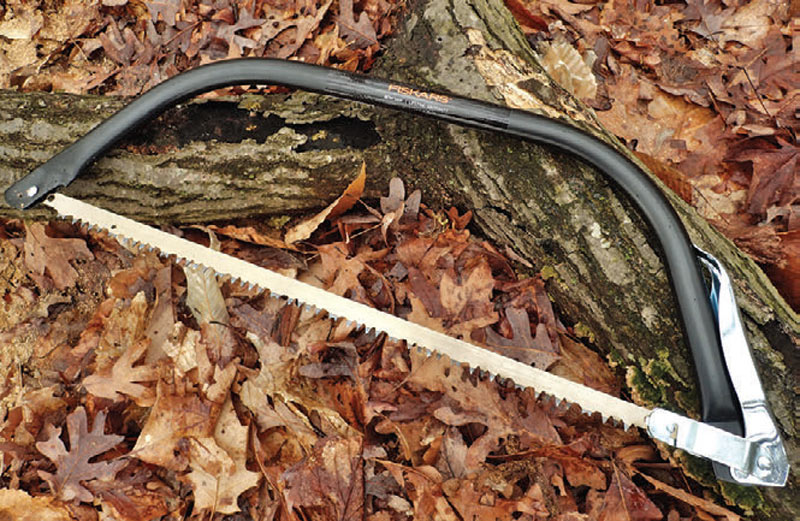
A few years ago, I was looking for a larger 10-inch folding saw, and I went with what I knew. I looked long and hard, far and wide, for a Fiskars that was made in Finland, but to no avail. Every Fiskars saw I could find was made in China. But their hatchet and line of axes were still being manufactured in Finland.
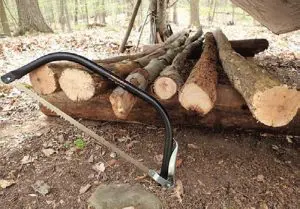
I passed them up and settled on a Corona 10-inch folding saw, which was perfect for my winter trekking saw.
Last year, I started building a semipermanent bush camp that I could go to in any weather and at any time of year, a camp where I could stash minimal gear and supplies. My Corona 10-inch pruning saw wasn’t going to be enough for such an undertaking. I needed something more substantial that I could carry for three miles into the camp and store there year round. It needed to be robust, reliable, and not too costly, as it may get taken if someone came across my hidden camp.
A friend had an amazing Bob Dustrude collapsible bow saw that was light and cut like the devil. But it was a little pricy to leave out in the camp. He recommended another cheaper option, the Fiskars 21-inch
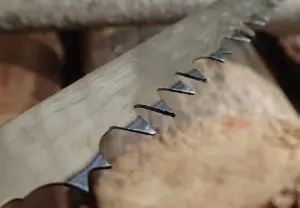
Bow Saw: $10 at Home Depot and Walmart.
Table of Contents
QUICK SPECS
- Overall length: 26.5 inches
- Blade: 21 inches
- Height: 10 inches
- Weight: 2.4 pounds
A safety tension lever handle design and tubular steel frame complete the simple, robust package. It has a replaceable saw blade. The specs say Fiskars uses hardened carbon steel with rust inhibitor for the blade, but I think they use stainless steel like every other bow saw on the market.
Although Fiskars manufactures this saw in China, the company still offers a lifetime warranty.
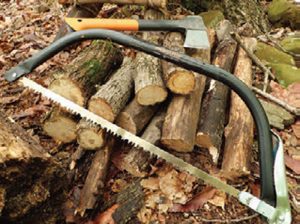
FRAME SAWS
Two different terms fall under this category: buck saws and bow saws. Simply put, the advantage of a bow saw is durability. The frame keeps the blade taut and allows for long, steady strokes, wasting less motion and precious calories. The bow saw isn’t the best hiking saw, but although the frame is metal, it’s also hollow, which helps cut down on weight.
Saws in general are about the most efficient wood cutters, especially when cutting a lot of wood for an all-night fire or winter trip. There are no minor injuries when it comes to axes and large chopping tools, but a bow saw is safe to use and can even be used when the sun goes down and light is scarce. A saw takes only minutes to use but hours to master.
BUILDING THE CAMP
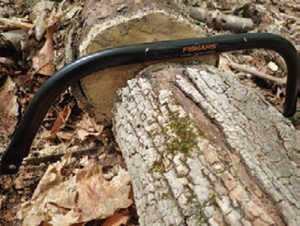
It took me a few days of hard work to build the bulk of my camp, but like all camps of this nature, it’s a work in progress. I started by cutting a 14-footlong ridgepole about bicep thick (oak), then cut a series of support pieces of wood ranging in length and thickness to support the ridgepole.
Generally, wood about wrist to bicep thickness is all you need for stability, but when it comes to making a polebed suitable for the winter, all bets are off. I cut wood ranging from calf to thigh thickness, and a little thicker for the bottom bed-logs. I used six long, stout logs for the bed-poles I’d be sitting and sleeping on. I was amazed at how much work I was accomplishing with this saw compared to if I were using my Corona folding saw.
I can only imagine how long this would have taken if I were chopping, but the work wasn’t done yet.
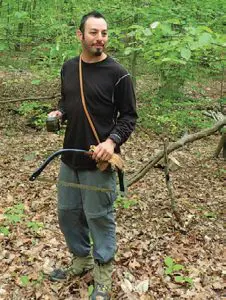
I needed to cut six large stakes to secure my bed-poles and four long stakes to secure my fire reflector. I hammered these stakes in the ground with a wooden mallet. The fire reflector required very thick logs. They were stacked between the long stakes, thickest on the bottom. I used maple, poplar, and hornbeam logs.
When the bed, ridgepole, support logs, and fire reflector were up, I moved on to the luxury items. I made two utility tables, one for tools and the other for camp kitchenware, cutting all the wood with the bow saw. I did have two bigger projects I wanted to complete before the saw got too dull.
One was a large chopping block from a piece of dry maple, and the other was a swamp bed that would serve as a bench, but long enough to sleep on and string a tarp over.
Felling small trees (no thicker than a leg) was easy with the Fiskars Bow Saw. Similar to felling with an axe, I first made a 45-degree wedge cut on the side where I wanted the tree to fall, then made one straight back cut, slightly above the bottom of the initial front cut. It was less noisy and faster than using an axe.
When cutting logs that are larger in diameter or height than the clearance of the saw (in this case, 10 inches), it’s important to rotate the log if possible, or be creative with working the saw around the wood. I cut a large section of hardwood maple using the log rotation method and manipulating the saw to get through it all.
I cut a variety of lengths with the Fiskars Bow Saw, utilizing what was available: poplar, maple, white and red oak, and beech.
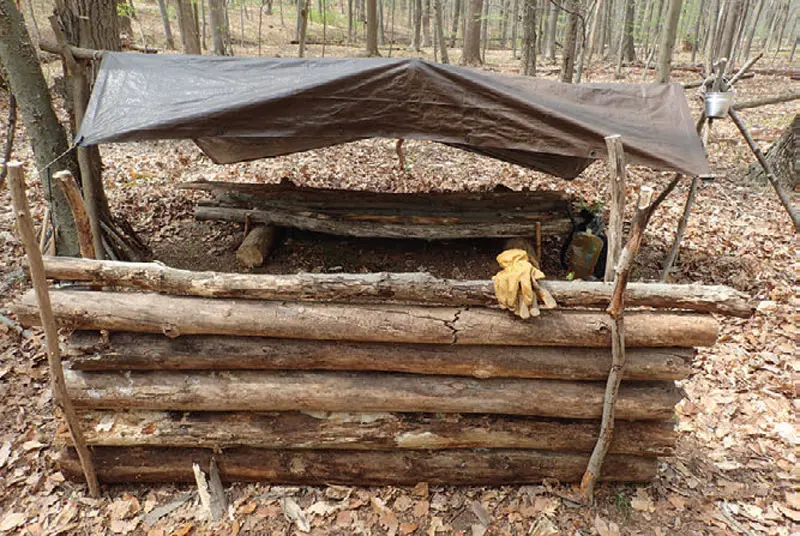
For my homemade wood-burning hobo-stove, I sectioned longer logs that would be split down to kindling size. I used this saw for cutting long, thick logs for sleeping next to a longfire and for cooking. I definitely won’t be in a winter camp or an established camp without a bow saw again.
A safety tip when starting a cut is to hold a stick in the hand that will be holding and stabilizing the wood, so it protrudes a couple of inches from the hand. If the saw skips around before making a positive cut, which it often does, this stick will prevent the saw blade from cutting your hand.
I’ve been cut worse and more often with a saw than any knife, axe, or machete. Cuts from a saw are uneven and heal slowly, though they are generally superficial.
CLOSING
This is the best $10 I ever spent on a hardworking outdoors tool. It built my camp from scratch, including camp tables, chairs, fire reflector, pole bed, tarp support, and swamp bed, and cut a season’s worth of firewood.
For a saw that will be stashed in a camp or brought along in a situation where weight isn’t an issue, like a sledpulling trip, this is a great choice.
